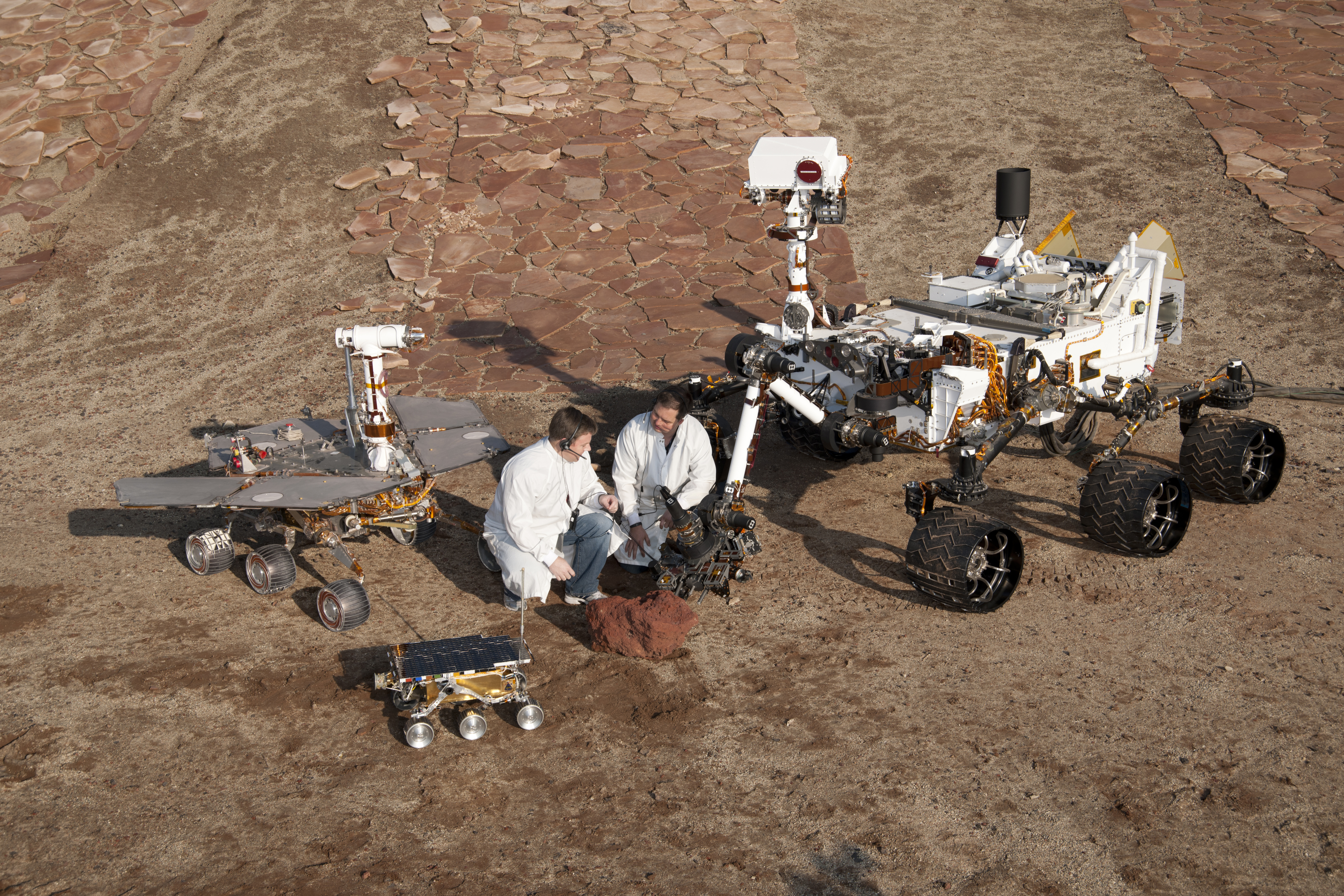The Energy Department has requested $30 million to relaunch a program to make radioactive plutonium-238, the supply of which is running low.
The Energy Department plans to restart its program of making radioactive fuel for NASA’s deep space missions, the agency announced Thursday, a decision that came only hours after the National Research Council warned that the nation was fast running out of the fuel.
Jen Stutsman, a spokeswoman for the department, said the agency had requested $30 million in its fiscal 2010 budget proposal to restart the fuel-making process. In its budget statement, the agency said it had “a long and successful history” of supporting NASA’s needs. It said it welcomed the National Research Council findings.

For such research, which includes the
New Horizons mission now heading for Pluto and the
Cassini mission now orbiting Saturn, the electricity that powers onboard instruments comes from devices called radioisotope power generators. The RPGs make electricity with the heat from the radioactive decay of small amounts of plutonium-238 carried on board.
According to Ralph McNutt, a space scientist at Johns Hopkins University and co-chairman of the committee that produced the report, the United States stopped making Pu-238 about 20 years ago, with the end of the Cold War. Although Pu-238 is not weapons-grade material, it is a byproduct of making the more dangerous Pu-239, he said.
NASA uses about 11 pounds of Pu-238 each year. In recent years, it has purchased some of the material from Russia, but unless it makes new Pu-238, McNutt said, NASA will run out by the end of the next decade. That will leave enough fuel to power only the upcoming
Mars Science Laboratory and outer planet missions, he said.
The Mars Science Lab is a rover about the size of a minivan that will be able to roll over large rocks, which have deterred the smaller rovers previously sent to Mars. An outer planet mission, set for 2020, which will visit Jupiter and its moons Europa and Ganymede, is still being designed.
(Source: LA Times)





 Remember when those
Remember when those